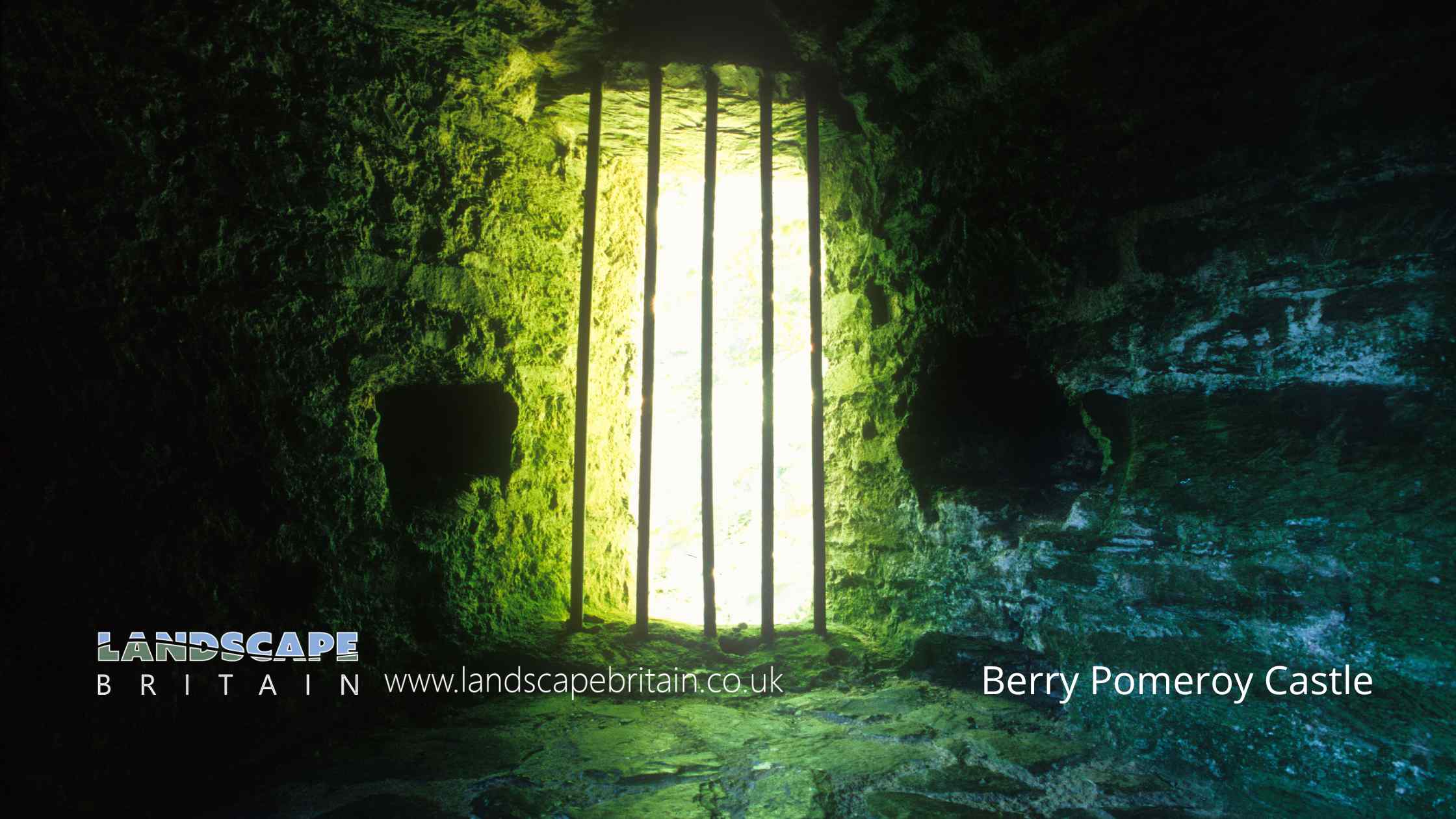
Berry Pomeroy Castle
Berry Pomeroy Castle
Berry Pomeroy Castle is a historic medieval fortress located in Devon, England. Known for its haunting reputation and architectural beauty, the castle attracts visitors from all over the world. With its rich history and captivating legends, Berry Pomeroy Castle offers a unique experience for those interested in both heritage and the supernatural.
History
The castle dates back to the late 15th century when it was built by the Pomeroy family. Throughout the centuries, it witnessed various owners and significant events. One of the notable owners was the Seymour family, who acquired the castle through marriage in the 16th century. Despite being an impressive structure, the castle suffered from neglect and decay over time, eventually falling into ruins.
Legends and Ghosts
Berry Pomeroy Castle has gained a reputation as one of the most haunted castles in England. Numerous ghostly apparitions and unexplained phenomena have been reported within its walls. The most famous ghostly residents are the White Lady and the Blue Lady. The White Lady is believed to be the spirit of Lady Margaret Pomeroy, who was allegedly imprisoned and starved to death by her jealous sister. The Blue Lady, on the other hand, is said to be the ghost of a woman who was seduced by a member of the Pomeroy family and later murdered to keep their affair a secret.
Architecture and Features
Despite its ruined state, Berry Pomeroy Castle still showcases remarkable architectural features. The castle consists of two main parts: the central block and the gatehouse. The central block, now mostly in ruins, once housed grand chambers, a great hall, and impressive fireplaces. The gatehouse, with its defensive elements and imposing structure, stands as a testament to the castle’s medieval fortification.
Visiting Berry Pomeroy Castle
Today, Berry Pomeroy Castle is managed by English Heritage and welcomes visitors who wish to explore its rich history and paranormal legends. Guided tours are available, providing insights into the castle’s past and its ghostly tales. Visitors can wander through the castle ruins, imagining its former glory and the dramatic events that unfolded within its walls. The picturesque surroundings and tranquil atmosphere add to the allure of this enchanting castle.
Conclusion
Berry Pomeroy Castle stands as a captivating blend of history and the supernatural. Its haunting legends and architectural beauty make it a must-visit destination for history enthusiasts and ghost hunters alike. Whether you are drawn to the castle’s ghostly tales or simply wish to explore its medieval charm, Berry Pomeroy Castle offers a truly unforgettable experience that transports visitors back in time.
Created: 17 May 2023 Edited: 29 November 2023
Berry Pomeroy Castle
Berry Pomeroy Castle LiDAR Map
Contains public sector information licensed under the Open Government Licence v3.0
Local History around Berry Pomeroy Castle
There are some historic monuments around including:
Leechwell holy well, 350m south west of St Mary's ChurchMedieval chapel of the Holy Ghost and St Katherine at Warland, 250m south west of Totnes BridgeImmersion bath associated with Leechwell holy well, 40m north east of Leechwell CottageDenbury campTwo prehistoric hilltop enclosures, a ditch system and four bowl barrows, 300m north of Barton Pines InnThe Bishop's Palace, Tower RoadTotnes PrioryDeer park north and north west of Dartington HallEarthwork enclosures and field systems, 430m north east of Lower Well FarmD-Day landing craft maintenance site on the River Dart, 560m south of Waddeton CourtTwo bowl barrows at Beacon Hill, 120m south of The BeaconMedieval fortified house at Compton CastleHilltop enclosure and woodbanks in Chacegrove Wood, 540m north west of Dartington HallRuins and buried remains of the medieval great house at Dartington HallBerry Pomeroy Castle: a defended residence and Tudor mansionKingskerswell Manor HouseCornworthy PrioryLuscombe CrossChurchyard CrossThe Old Grotto, Dyer's WoodPrehistoric field system and settlements on Kerswell Down and Whilborough CommonFour barrows near Dornafield FarmMilber Down campTotnes Castle.






